The Blade class entered service in 2261 addressing concerns around the Signal intelligence (SIGINT) capabilities of the fleet, the name derived from the bladeship nickname that the design earned.
Bladeships are fully equipped with sensors and receivers for use in reconnaissance and surveillance, the huge blade housing massive arrays for monitoring communications and providing SIGINT.
Although the Bladeship design had some weaponry, the design as drafted was meant to fight running away (unusually it had two torpedo tubes firing aft but only one firing forward).
The designer of the bladeship, Commander Deitrick (unusually an operational intelligence office) based the design on his own experience of what was required in the role. After submitting the design to his superiors as part of a post mission debrief he was soon informed that a prototype would be built.
The first ship, USS Dagger, was built by Chandley Works and commissioned in 2261. The speed and intelligence gathering capabilities of the design impressed Intelligence command and series production was ordered.
The Mk1 mounted standard Starfleet systems and was intended for use on the UFP side of border areas.
The Mk2 swapped standard systems for an exotic blend of Orion and federation technology, partly for the cover story that those ships were not UFP, and partly for the opportunity to use the Orion systems that were well talilored for small craft. Use of an Orion computer system was controversial, but it worked well. Also questioned was the choice of the higher efficiency but lower powered OSI shield generator compared to the FSH of the Mk1, however given the limited power of the single FWC-1 it and the intention of the class to use speed as it’s main defence this was deemed a sensible tradeoff.
For its size the Blade was the fastest ship in known space (indeed it was unmatched until the Enterprise class entered service), but couldn’t take a whole lot of damage the best defence the class had was that sheer speed – and its parting gift of twin torpedoed!
The Mk2 Blade also had stealth-shields that were the closest thing Starfleet had to a cloaking device. The Mk3 which entered service in2271 continued the mixed technology from the Mk2, while mounting three of the more potent FP-7 torpedoes to replace the earlier FP-2.
Although not meant for combat, the Blade when handled well can be deadly. In 2265 the USS Claymore was intercepted in disputed space by three IKS cruisers. The Claymore’s captain, realising that his direct escape route was cut off by IKS space, chose to engage his opponents by reversing into combat at full reverse speed with only shields covering those arcs raised. The manoeuvre surprised his opponents, and the Claymore managed to score direct hits on the warp drives of two of the IKS ships. Then taking advantage of the confusion the Claymore warped to safety.
Class: VI
Year: 2261
Ship Source: FASA Starfleet Intelligence Manual
Ship Datasheet: Download PDF
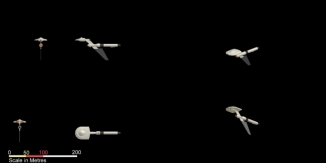
The Blade write up is based on the background provided on David Deitrick’s (the ship’s designer) blog.





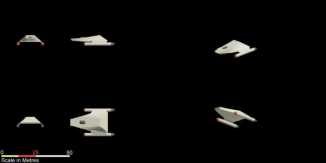

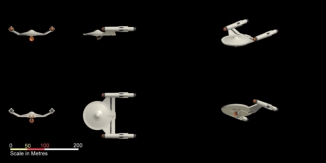



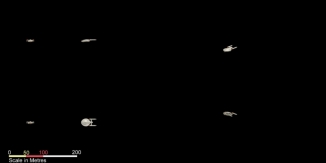


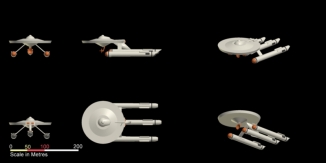

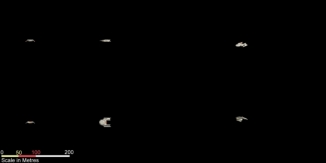





You must be logged in to post a comment.